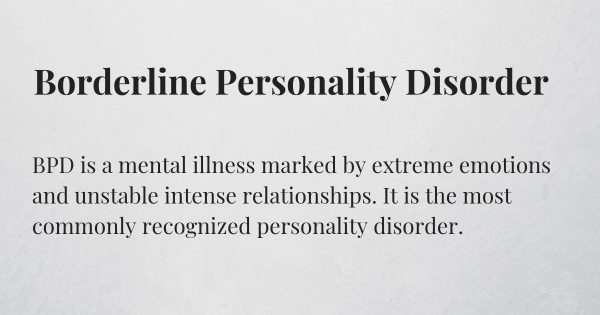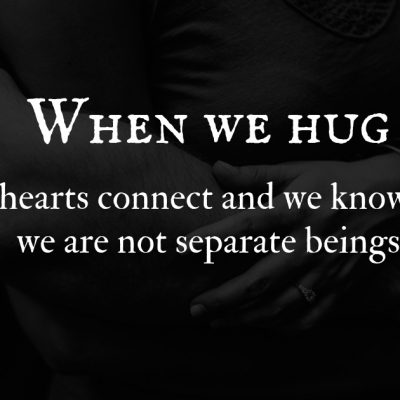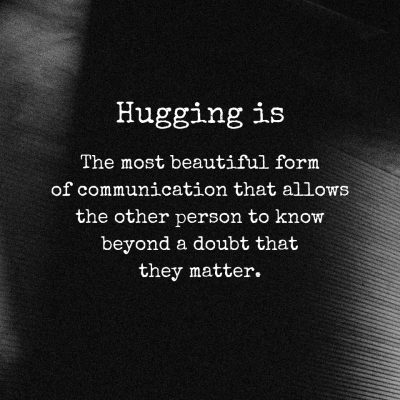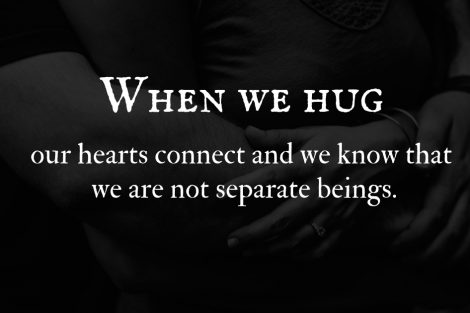There is a huge amount of misinformation that surrounds this condition. Also, it’s harder to diagnose than other mental illnesses as it may be confused with bipolar disorder. So what is borderline personality disorder and how do you know if you have it?
 Borderline personality disorder or BPD (also known as emotionally unstable personality disorder) is a long-term condition characterized by severe emotional instability and harmful behavior. According to the National Institute of Mental Health about 1.4 percent of US adults suffer from this illness, with women significantly more likely to develop it than men.
Borderline personality disorder or BPD (also known as emotionally unstable personality disorder) is a long-term condition characterized by severe emotional instability and harmful behavior. According to the National Institute of Mental Health about 1.4 percent of US adults suffer from this illness, with women significantly more likely to develop it than men.
Like other mental disorders, BPD is very complex and often misunderstood. Not to mention there are many genetic, environmental and social factors that contribute to its appearance and progression.
Below you will find the 4 signs most commonly associated with this personality disorder:
1. People with BPD have extreme instability in their personal relationships
There is significant drama and emotional turmoil in the lives of those suffering from this condition. That is primarily because people with BPD have difficulty regulating and controlling their emotions. This, in turn, wreaks havoc on maintaining healthy and satisfying relationships.
MORE: 10 Signs You May Be Dealing With Bipolar Disorder
Their relationships can be short but intense or on and off and exhausting. They may end abruptly only to start over in a day or a week. Of course, there is rage involved as a lack of control can become very frustrating. Also, turning from love to hate in a matter of minutes does nothing but sabotage and disrupt their relationships.
2. They have an unstable sense of self
Instability in their relationships will also affect their image of themselves and the other way around. In other words, being emotionally unstable overflows and negatively impacts every aspect of their lives.
Having an unstable self means they can’t hold on to their values or hobbies for too long. Most of us can pick up a hobby one day and get tired of that activity after a while, but it goes deeper than that with people with BPD. They may try out many things just to fit in. Some psychologists have even called a person suffering from BPD a ‘chameleon’.
This is because they are constantly seeking an environment or friends that will provide some sense of stability and identity. Ironically, this back and forth creates further instability.
MORE: 10 Major Causes Of Depression And Anxiety Disorders
3. People with BPD often engage in self-damaging behaviors
Some of these behaviors are easier to spot than others and they can include: being impulsive and reckless, violent emotional outbursts, threats of self-harm or actual self-harm and self-abuse. But one incident is not enough to diagnose someone with borderline personality. If this type of destructive behavior persists over time and through various relationships, then it’s a real sign of concern.
4. People with BPD often have unstable upbringings
A family history of unstable behavior is not only another common sign of this condition, but also probably its root cause. Because what happens in our childhood shapes the adult we will become, it’s very likely that a close family member with mental illness could affect us and our emotional universe.
Moreover, a cold and distant parent or an abusive one can result in a child’s fear of rejection and abandonment or distrust of people and themselves. Needless to say, this will lead to unstable and unsatisfying adult relationships.
MORE: 10 Unusual Habits Of People With Hidden Depression
One of the most effective treatments for people with borderline personality is cognitive behavioral therapy (CBT). Through this technique, patients will become more aware of their negative thought patterns which will eventually reduce the feelings of instability.
If you know someone who may have BPD, make sure you urge them to get help.










